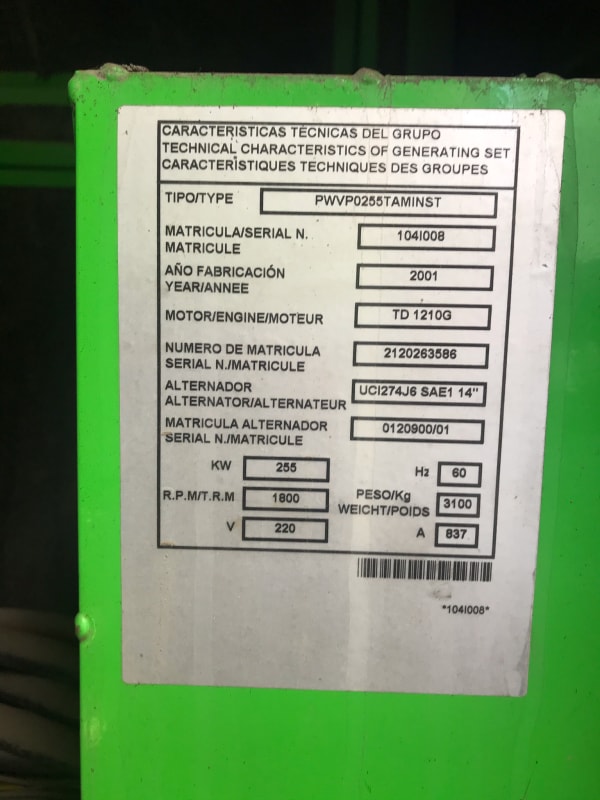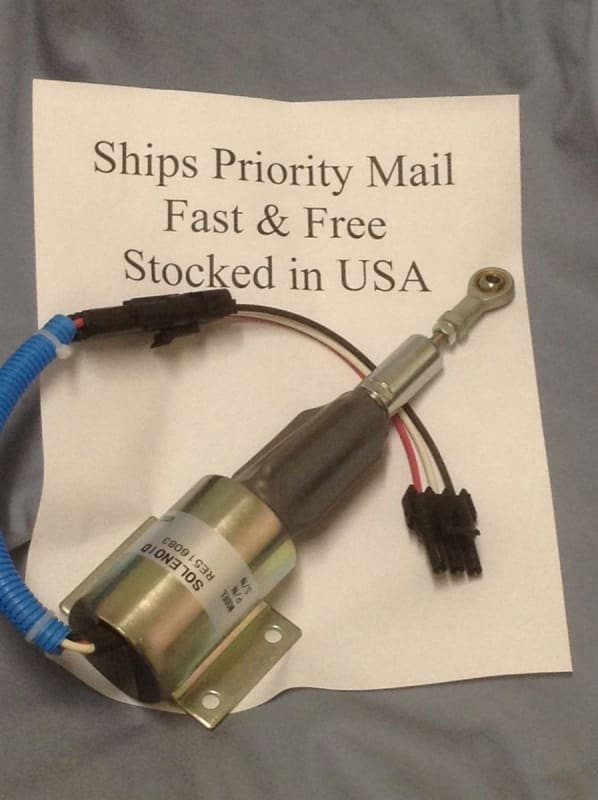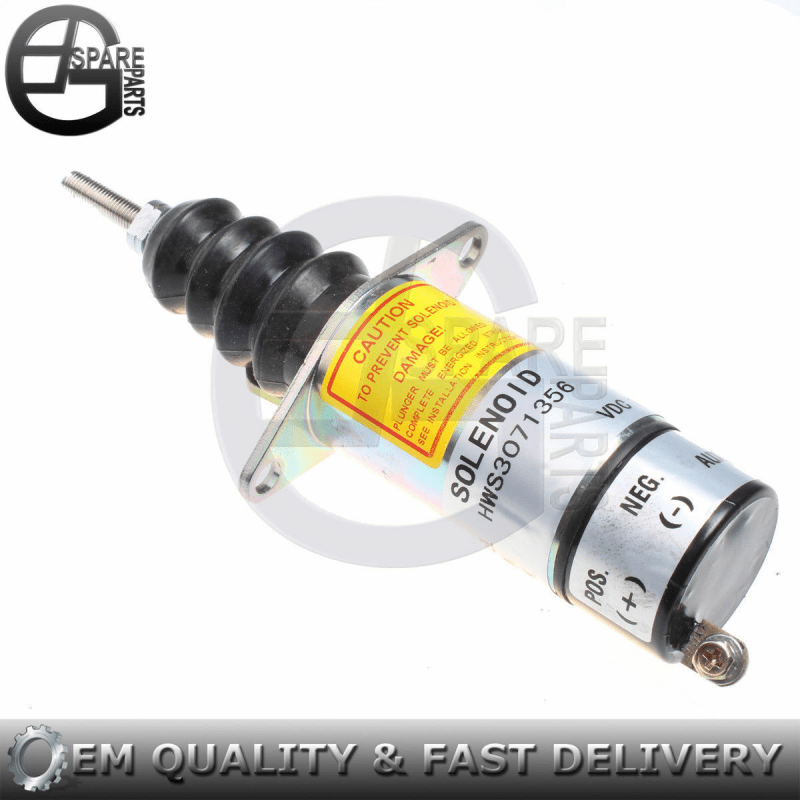OK. Got it.
Dave; This is not a fuel
valve.
The combination injection pump/governor has a mechanical shut down lever and the solenoid operates the lever.
Probably the pull in coil is not taking too much current.
It is taking the proper current for too long.
Given that the pull of a magnet decreases as the square of the distance, it takes a lot of current to pull in the solenoid and very little current to hold it in.
3DDave said:
Perhaps what ever the Start button is operating isn't releasing correctly.
A possible scenario:
The circuit or relay that controls the pull in coil failed. open circuit.
Someone found that by switching the wires, he could get the solenoid to pull in.
Shortly after another problem developed.
To his mind unrelated, so there is no need to mention that the wires were swapped.
I don't think that you will be able to talk them through this on the phone.
On the other hand I am confident that when on-site you will be able to find the control problem in a few minutes.
How long does it take for the solenoid to pull in? I'm thinking between 100 milliseconds and 500 milliseconds.
That is the on time of the pull in coil.
Bill
--------------------
"Why not the best?"
Jimmy Carter


![[thumbsup] [thumbsup] [thumbsup]](/data/assets/smilies/thumbsup.gif)

